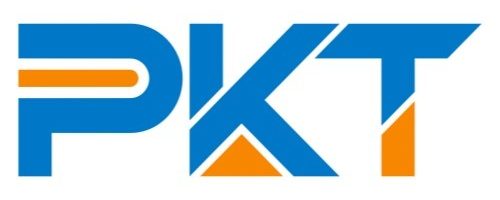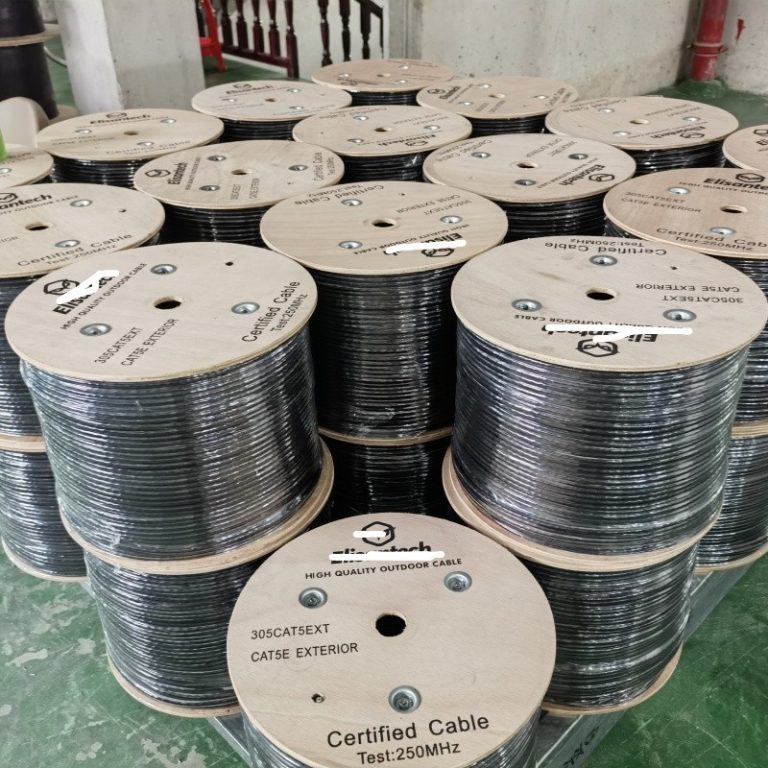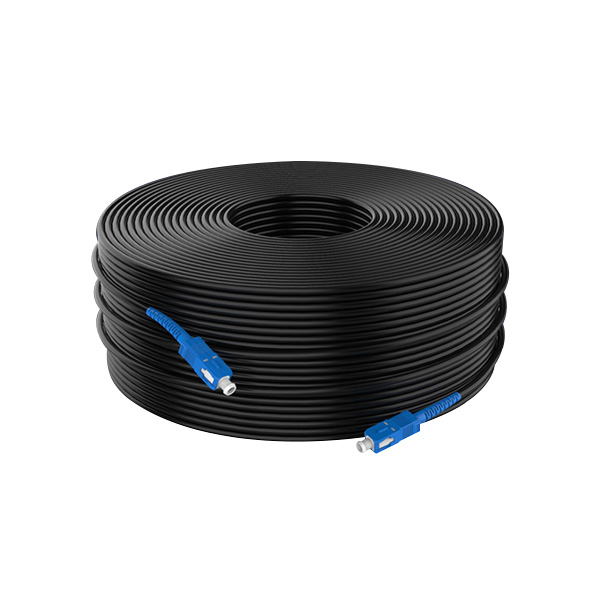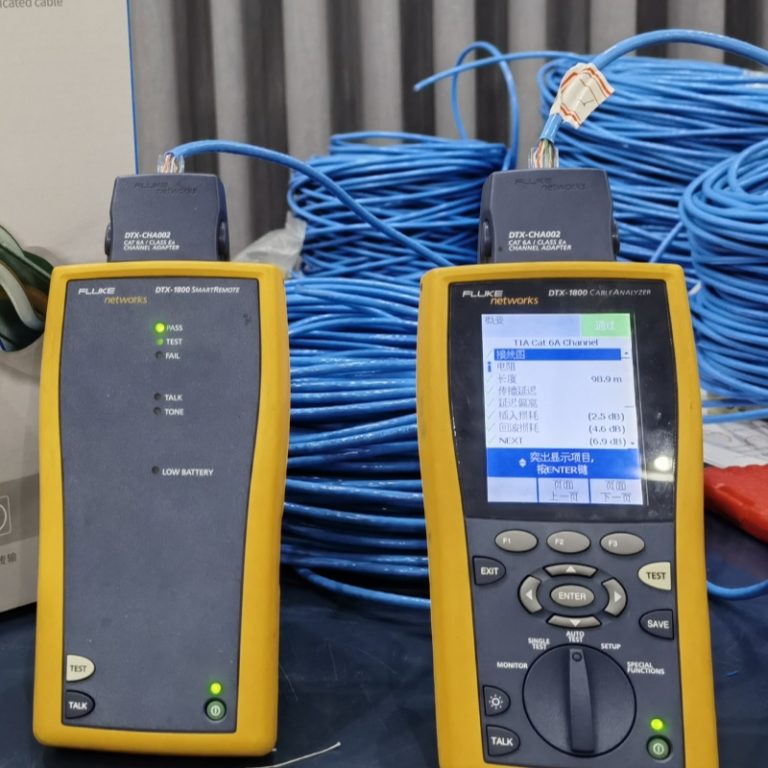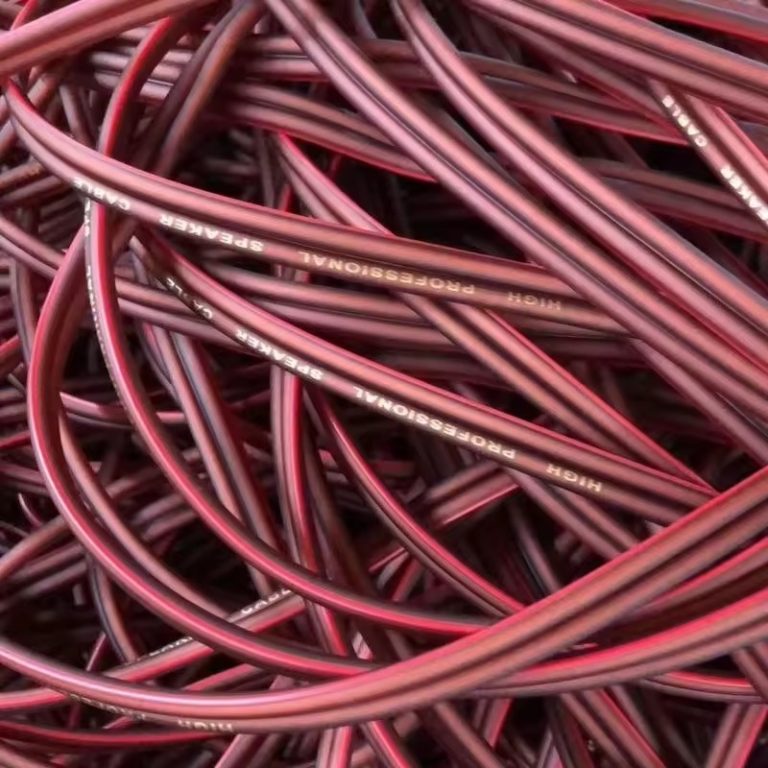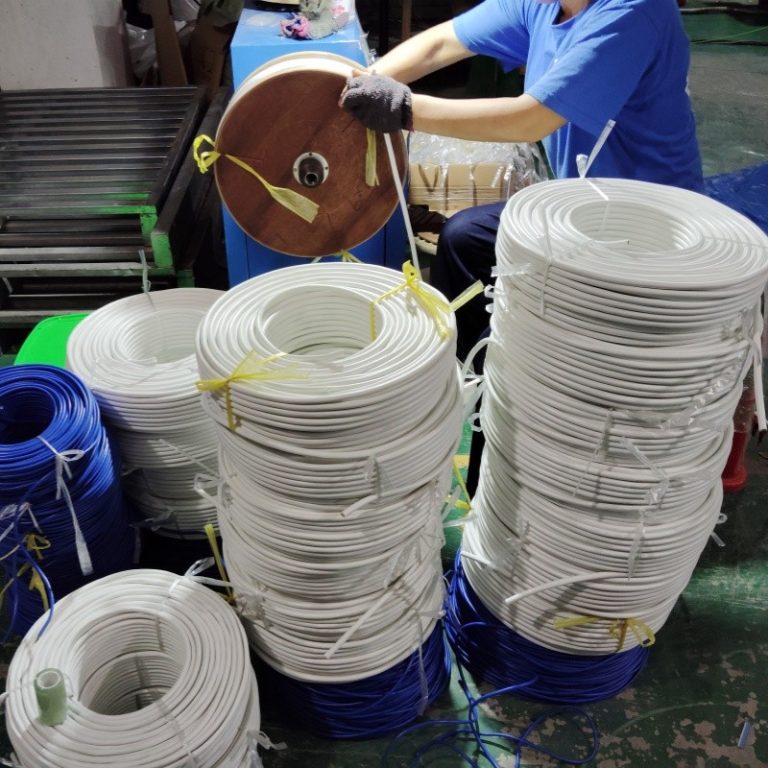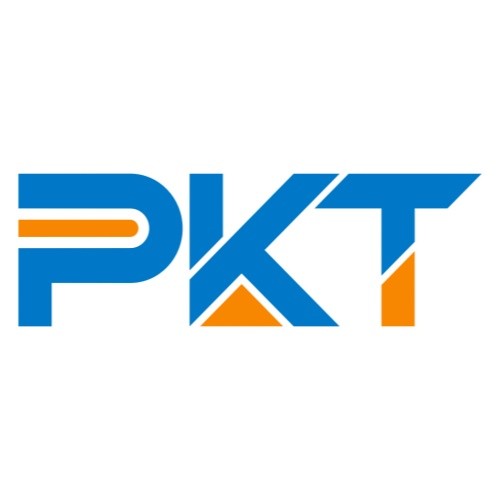Fiber Optic Cable China Best Makers,indoor fiber optic cable types,indoor Fiber Optic Cable

China’s Top Fiber Optic Cable Manufacturers
Fiber optic cables have revolutionized the way we communicate and transmit data. These cables are made up of thin strands of glass or plastic that can carry data over long distances at incredibly high speeds. China has emerged as a global leader in the production of fiber optic cables, with some of the best manufacturers in the world located in the country.
One of the top fiber optic cable manufacturers in China is FiberHome. FiberHome has been in the business for over 40 years and has established itself as a trusted name in the industry. The company produces a wide range of fiber optic cables, including indoor fiber optic cables. These cables are designed for use in indoor environments, such as office buildings, data centers, and residential homes.
Another leading manufacturer in China is Hengtong. Hengtong is known for its high-quality fiber optic cables that are used in a variety of applications, including telecommunications, internet services, and cable television. The company offers a range of indoor fiber optic cable types to meet the specific needs of its customers. These cables are designed to be durable, reliable, and easy to install.
China is also home to Yangtze Optical Fiber and Cable Co., Ltd. (YOFC), one of the largest fiber optic cable manufacturers in the world. YOFC produces a wide range of fiber optic cables, including indoor fiber optic cables that are used in a variety of applications. The company is known for its commitment to quality and innovation, and its products are used by telecommunications companies, internet service providers, and other industries around the world.
When it comes to indoor fiber optic cables, there are several types to choose from. One of the most common types is tight-buffered fiber optic cable. This type of cable is designed for use in indoor environments where the cable may be subject to bending or twisting. Tight-buffered cables are easy to install and are ideal for use in office buildings, schools, and other indoor settings.
| Serial Number | Product Name |
| 1 | Bow-type Drop Cable\uff08GJXH/GJXFH) |
Another popular type of indoor fiber optic cable is loose-tube fiber optic cable. This type of cable is designed for use in outdoor environments where the cable may be exposed to moisture, temperature fluctuations, and other environmental factors. Loose-tube cables are more rugged and durable than tight-buffered cables, making them ideal for use in harsh outdoor conditions.
In addition to tight-buffered and loose-tube fiber optic cables, there are also ribbon fiber optic cables. Ribbon cables are designed for use in high-density applications where space is limited. These cables are made up of multiple strands of fiber optic cable that are stacked together in a flat ribbon-like configuration. Ribbon cables are ideal for use in data centers, telecommunications facilities, and other high-density environments.
In conclusion, China is home to some of the best fiber optic cable manufacturers in the world. These companies produce a wide range of indoor fiber optic cables that are used in a variety of applications. Whether you need a tight-buffered cable for your office building or a ribbon cable for your data center, China’s top fiber optic cable manufacturers have you covered. With their commitment to quality, innovation, and reliability, these companies are leading the way in the fiber optic cable industry.
Different Types of Indoor Fiber Optic Cables
Fiber optic cables have revolutionized the way we transmit data, providing faster and more reliable connections than traditional copper cables. In China, there are several manufacturers that produce high-quality fiber optic cables, making it a hub for cutting-edge technology in this field. When it comes to indoor fiber optic cables, there are various types to choose from, each with its own unique characteristics and applications.

One of the most common types of indoor fiber optic cables is the tight-buffered cable. This type of cable is designed for indoor use and is often used in applications where flexibility and durability are key. The tight buffer provides added protection to the fiber optic strands, making it ideal for environments where the cable may be subject to bending or twisting. Tight-buffered cables are also available in different configurations, such as simplex or duplex, to accommodate various installation needs.
Another popular type of indoor fiber optic cable is the loose-tube cable. This type of cable is designed for outdoor use but can also be used indoors in certain applications. The loose-tube design allows for greater flexibility and protection of the fiber optic strands, making it ideal for installations where the cable may be exposed to harsh environmental conditions. Loose-tube cables are also available in different fiber counts, ranging from a few fibers to hundreds of fibers, to accommodate various bandwidth requirements.
Ribbon cables are another type of indoor fiber optic cable that is commonly used in high-density applications. These cables consist of multiple fiber optic strands that are arranged in a flat ribbon-like configuration, allowing for easy installation and termination. Ribbon cables are often used in data centers and telecommunications networks where space is limited and high bandwidth is required. These cables are also available in different configurations, such as single-mode or multimode, to accommodate various transmission needs.
Hybrid cables are a versatile option for indoor fiber optic installations that require both power and data transmission. These cables combine fiber optic strands with copper conductors, allowing for the simultaneous transmission of both optical and electrical signals. Hybrid cables are often used in applications such as security systems, where both data and power need to be transmitted over a single cable. These cables are available in various configurations, such as armored or non-armored, to provide added protection and durability.
In conclusion, there are several types of indoor fiber optic cables to choose from, each with its own unique characteristics and applications. Whether you need a tight-buffered cable for flexibility and durability, a loose-tube cable for harsh environmental conditions, a ribbon cable for high-density installations, or a hybrid cable for simultaneous power and data transmission, there is a solution to meet your specific needs. With China being home to some of the best makers of fiber optic cables, you can trust that you are getting a high-quality product that will provide reliable and fast connections for your indoor fiber optic installations.
